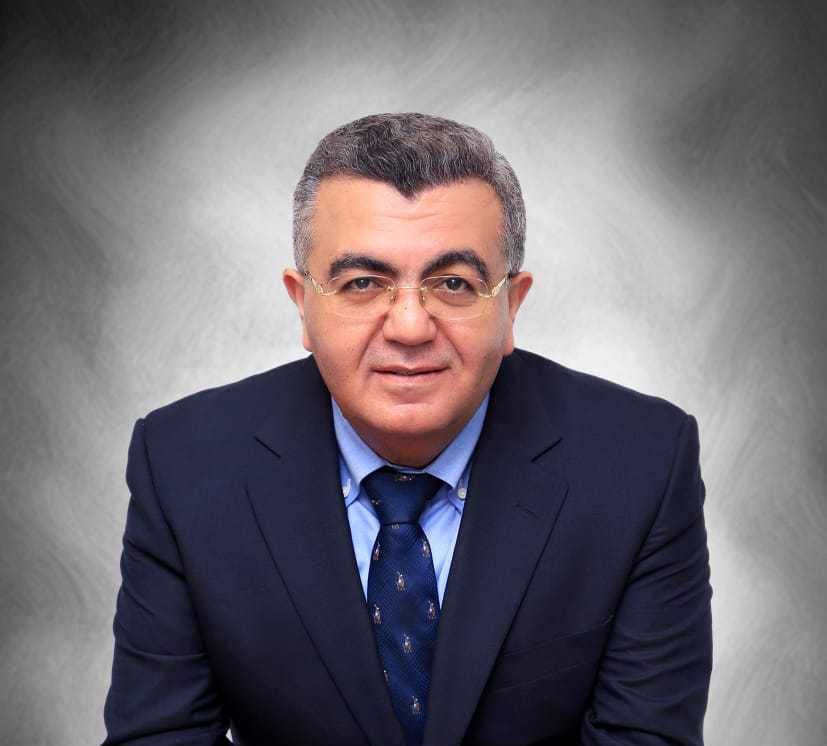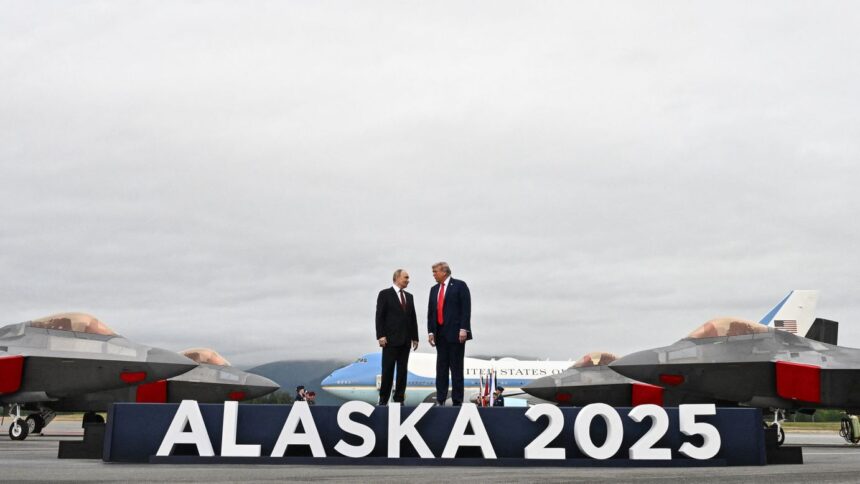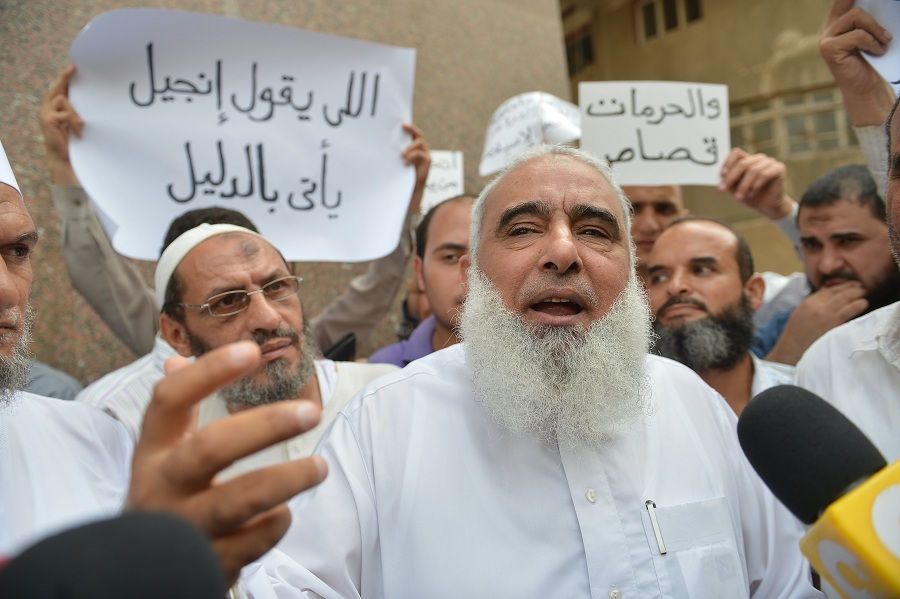The Alaska Summit between US President Donald Trump and Russian President Vladimir Putin was regarded as a rare and timely opportunity for the two leaders to act as allies, rather than adversaries, in shaping a better future for the world. Both had already hinted at being open to such a prospect. Trump recently warned that the world would face a “serious problem” if the New START treaty expired without a follow-up framework, while Putin emphasised that the treaty’s expiry was an urgent issue to be addressed with Washington.
When it comes to the global nuclear question, no other actors matter: only Trump and Putin—who together control more than 90 percent of the world’s nuclear warheads—can make the decisive choices. It is a strictly bilateral issue, one that must be settled at the highest level.
The outcomes of the Alaska Summit suggest that the Ukraine crisis was, in effect, less the centrepiece than a pretext to reset relations between Moscow and Washington in a form wholly different from anything seen since the collapse of the Soviet Union.
Several critical areas of convergence emerged, potentially paving the way for renewed strategic stability talks between the two nuclear superpowers:
- Reaffirming the January 2022 P5 statement issued by the permanent members of the UN Security Council, which declared that “a nuclear war cannot be won and must never be fought.” This principle has gained urgency since the outbreak of the Ukraine conflict.
- Maintaining New START limits voluntarily, even beyond the treaty’s expiry—an interim cap that would prevent a near-term arms race and reassure both allies and rivals.
- Refraining from explosive nuclear testing, despite the Comprehensive Test Ban Treaty’s continued limbo, partly due to the absence of US and Russian ratification.
- Freezing non-strategic or “tactical” nuclear weapons—smaller warheads designed for battlefield use—an issue reignited by European debates on arming Ukraine.
- Acknowledging the risks of unconstrained missile defence, as the US accelerates its “Golden Dome” project while Russia expands advanced delivery systems.
By debating these questions, Washington and Moscow gain the chance to think more seriously—and together—about managing the future, from breakthroughs in artificial intelligence and emerging technologies to the growing role of outer space in security competition.

On Ukraine, however, much remains unresolved. Putin insists on a definitive settlement: US guarantees that Kyiv will not join NATO, coupled with implicit recognition of territories occupied by Russia since the war began.
For Putin, the summit’s gains are manifold: restoring dialogue with Washington and breaking international isolation; sidelining Western Europe, which he deems irrelevant after the war; cornering Zelensky and portraying him as the obstacle to peace; strengthening Russia’s hand vis-à-vis its wavering ally, China; and beginning the process of easing US sanctions, with initial steps already evident in areas such as AI services and civil aviation.
If the Alaska talks do indeed pave the way toward ending the war, this would mark the greatest foreign-policy achievement of Donald Trump’s presidency since he took office in January.
For Trump, the summit also intersects with his personal ambitions. His moves on the international stage suggest a clear priority: securing the Nobel Peace Prize. Pakistan nominated him in June following his intervention in the brief India–Pakistan clash; Israeli Prime Minister Benjamin Netanyahu submitted a nomination letter in July; and Cambodia’s prime minister added another in August, citing his mediation in a border conflict. Some of these crises may have been exaggerated or insufficiently resolved, but collectively they feed into Trump’s campaign for the prize.
Trump’s desire appears partly symbolic—perhaps to rival Barack Obama, who won the Nobel in 2009 after just one year in office, and whom Trump once mocked for not knowing “why he got it.” Should Trump succeed, he would become the fifth US president to win the Nobel Peace Prize, after Theodore Roosevelt, Woodrow Wilson, Jimmy Carter, and Obama.
Politically, Trump also harvested three key gains: securing access to Russia’s rare raw materials vital to technological dominance; constraining Europe’s role, which Washington has seen as burdensome since World War II; and driving a wedge between Moscow and Beijing, America’s primary global competitor.
The warmth of Trump’s red-carpet welcome for Putin at Anchorage Air Base was itself revealing: their chemistry was evident, and Putin appeared unusually relaxed, even affectionate, in moments that typically demand rigid protocol. This raised expectations that the summit might mark the beginning of a dramatic reorientation in world politics—perhaps even an “overturning” of the post–Cold War order.
From Washington’s perspective, the Alaska Summit was meant to focus narrowly on Ukraine and arms control. Europeans viewed it as a potential breakthrough on the war ravaging their continent. Moscow cast it as a comprehensive bilateral reset. For Trump, however, it was all of these—and more: a stage for personal glory, geopolitical manoeuvring, and the pursuit of a Nobel Prize.
Dr. Hatem Sadek – Professor at Helwan University

